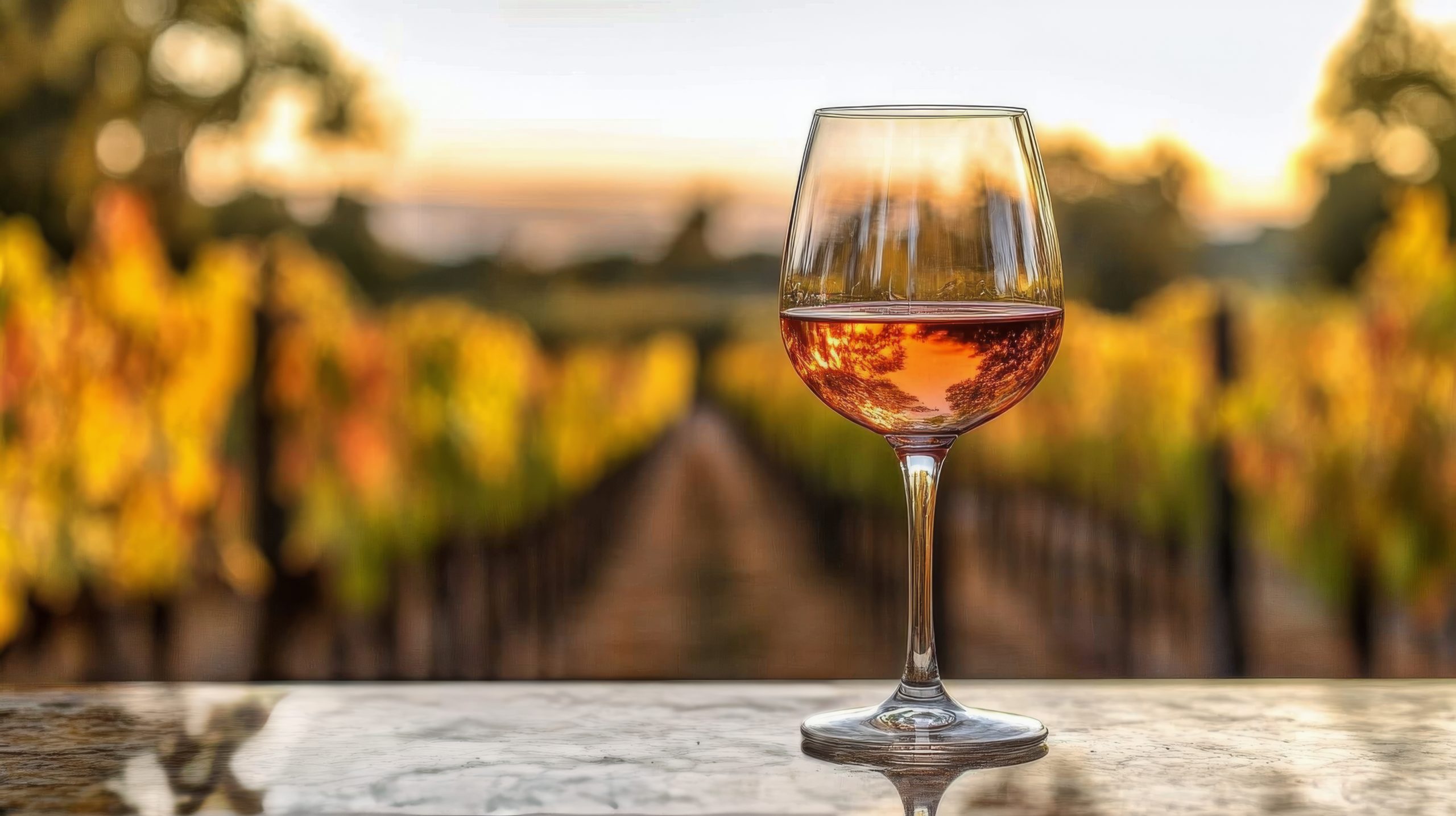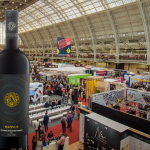Rosé wine is not just a drink, it is not a fad between white and red, but a style statement, a symbol of refinement and the joy of living. A rosé wine is not an attribute of superficiality, ignorance or vanity, just as the color pink is not irrevocably a label of lack of elegance and refinement, even if it has long been mocked, including in films such as Legally blonde. Beyond the clichés, you can discover fascinating and delicious demonstrations, especially in the case of wines. This is also because the wines of antiquity were not red, but rosé.
From the ancient Phoenicians, who spread the art of wine on the shores of the Mediterranean, to modern wine lovers, rosé has kept its place in history as an expression of the perfect balance between freshness and flavor.
The Phoenicians(c. 1550 BC – 300 BC) were the first major wine traders, and their winemaking methods produced light-colored wines, similar to today’s rosé. For them, wine was a valuable commodity, transported in amphorae and traded to the far corners of the known world.
The Greeks and Romans continued this tradition, considering light-colored wines more refined and more suitable for the elite. It seems that in ancient Rome, rosé wines were often obtained by mixing red and white wine, and their consumption was associated with aristocratic feasts. However, for the Greeks, wine was a gift from Olympus and they worshipped Dionysus as the god of wine. Since the wine produced at that time was lighter in color, since long maceration methods were not yet known, we can say that Dionysus was the god of rosé wine.
Alcman, a poet of early Sparta, who left us the earliest literary references to wine, named six wines from the Spartan area in a poem. Of this text we now have only ragged fragments, Athenaeus of Naucratis spoke about it in his Deipnosophistai (The Gastronomists), a work in 15 books, of which the first two are also lost. Alcman describes that from somewhere a floral scent comes from the wine produced in the place whose name is Seven Hills. In another fragment he lists the wines or vineyards of Denthiades, a city, of Oenunta (or rather Oenus), of Onogla and of Stathmi. The latter are farms located near Pitane. He says: „Wine of Oinountias or Denthis, or Karystios or Onoglis or Stathrnitas”, and includes in his list the vineyards of Laconia.
In the Middle Ages, the pale wines of Provence became famous throughout Europe. Cistercian monks, master winemakers, perfected techniques that led to the development of modern rosé wines.

Life in Rosé
In the 18th century, the clear wines of Bordeaux, called Clairet, conquered English palates, and Provence solidified its status as the flagship region for rosé wines.
In the 20th century, with the development of winemaking technologies and a preference for lighter drinks, rosé wine became synonymous with sunny holidays in France, Italy and Spain. Provence remained the world capital of rosé, but regions in California, Chile and Australia also began to produce spectacular rosé wines.
Romania deserves to exploit this niche of rosé wines, especially since we have local varieties from which this tempting wine is produced, such as Busuioacă de Bohotin and Tămâioasa roză or Băbească gri.
Organizarea ediției dedicate vinurilor rosé al CMB 2025 în țara noastră, pe tărâmul fascinant al Dobrogei, este o mână întinsă producătorilor de aici.
Today, rosé wine is no longer just an accompaniment for warm days, but an experience in itself – versatile, elegant and always on trend. Whether it is dry, semi-dry or sweet, each glass of rosé tells a story about sun, passion and tradition.







